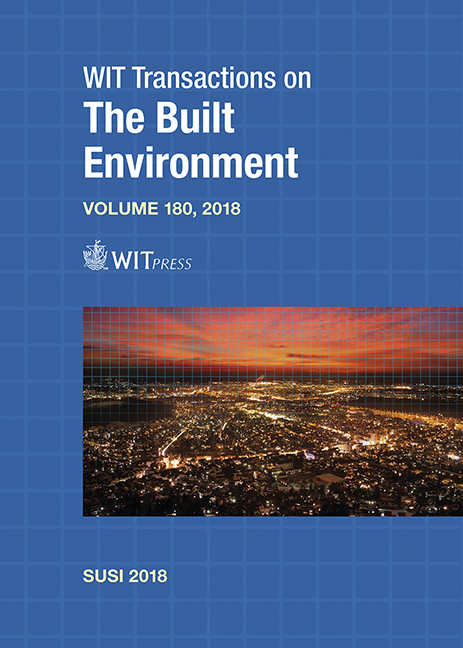ATTENUATION OF BLAST EFFECTS FROM UNDERWATER EXPLOSIONS IN BUILT STRUCTURES
Price
Free (open access)
Transaction
Volume
180
Pages
8
Page Range
29 - 36
Published
2018
Paper DOI
10.2495/SUSI180031
Copyright
WIT Press
Author(s)
CHRISTOPH ROLLER, ALEXANDER STOLZ
Abstract
The paper provides reassessment and new design of shock-absorbing retrofit systems for water-filled ducts based on experimental investigations. In a first step, tests were conducted in a 2.0-meter-high circular cylinder tank made of steel. The axisymmetric geometry of the tank offered an ideal environment for validation of the theoretical work. A number of parameter variations (water level, charge location, retrofit system) provided further insight into potential and limitations of the concepts. In a second step, a reinforced concrete shaft plus relief pool will used for scaled experiments. This will serve for a realistic representation of the phenomena in a water duct and thus enabled investigations of more complex processes (multiple reflections, tunnel effect) and practical proof of concept. Regarding retrofit systems, three concepts have been identified with respect to their impedances mismatch with water: a single layer concept made of polyvinyl chloride (PVC) foam and polyurethane (PUR) foam respectively as well as a bubble curtain. The significant potential of all investigated measures has been confirmed during the test campaign. Maximum reduction of peak-overpressure down to 0.3% for PVC, 3.2% for PUR and 1.6% for the bubble curtain compared to unmitigated set-up (100%) have been determined. Thus, the developed concepts have been successfully validated and may be applied to all areas where safety and security of structures filled with or covered by fluids. Examples include among others power plants, chemical industry, port facilities and canal constructions.
Keywords
underwater explosion, fluid-structure interaction, protective design, shock-absorption





